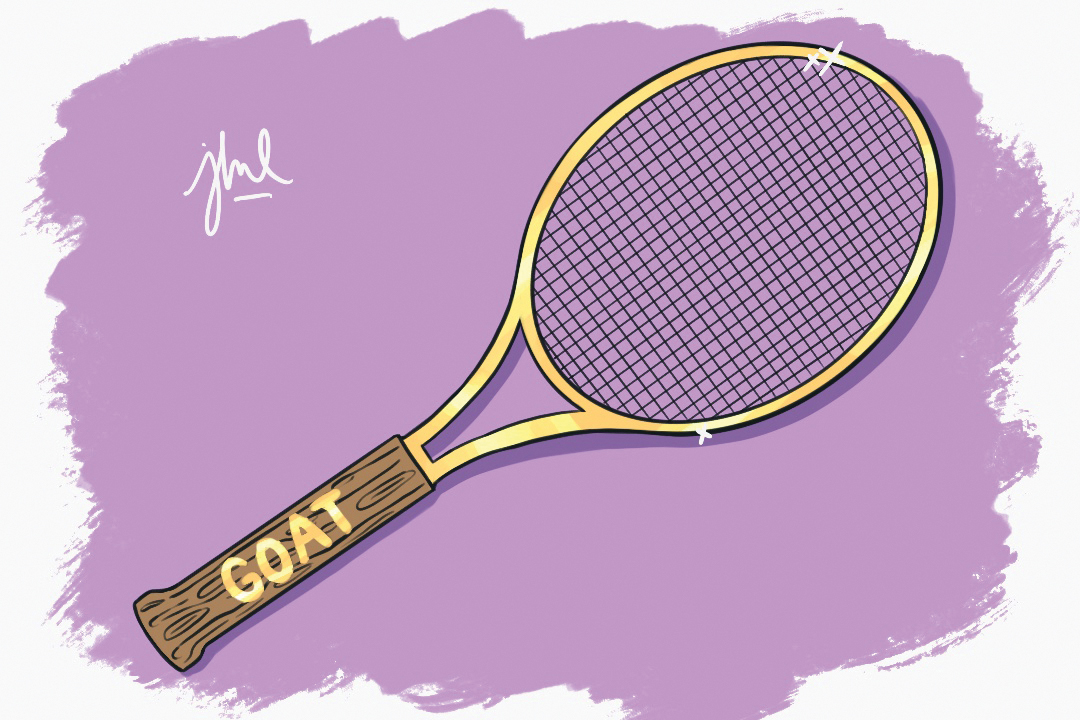“I am very, very keenly aware of how short the life of a professional athlete is, and I cannot bear the thought of squandering an opportunity that might never come again. I know I won’t be happy when my career is over, and I want to make the best of it while it lasts.”
The legendary tennis player Rafael Nadal wrote these words more than 10 years ago in his 2011 memoir titled Rafa — and yet they resonate more than ever after the recent Australian Open men’s final. Throughout his two-decade-long career, Nadal has faced more than his fair share of uncertainties, and the leadup to the Melbourne tournament this past January was no exception to that trend.
Even for a player as successful and renowned in the sport as he is, victory felt like a long shot. Nadal, age 35, had just returned from a foot injury. His opponent was the much younger Daniil Medvedev, who was coming fresh off a win against another legendary player — Novak Djokovic, who was vying for his 21st Grand Slam. Nadal had only managed to win one previous Australian Open title back in 2009, and had faced a series of four finals defeats at the event over the following years.
In this most recent victory, Nadal pulled off perhaps his greatest comeback ever, winning the match and surpassing his two long-time rivals, Djokovic and Roger Federer, as the men’s player with the most wins in Grand Slam tournaments.
For the past few years, 21 has been an elusive number for these three players. Federer came within a hair’s length of winning his ninth Wimbledon and 21st Grand Slam in 2019, but eventually lost to Djokovic in an epic, record-length nail-biter of a final match. At the 2021 US Open final two years later, Djokovic failed to leap over the same hurdle to achieve his own 21st victory, falling in straight sets to Medvedev. When Djokovic was prohibited from competing in this year’s Australian Open because of the country’s pandemic protocols, Medvedev, who was seeded in top place, once again seemed poised to play spoiler for Nadal’s own mission to break records.
The 2022 Australian Open final was, in many ways, comparable to the 2019 Wimbledon final. Both matches featured at least one member of the “Big Three” — Djokovic, Federer, and Nadal — who was aiming to win their 21st Grand Slam.
Federer’s loss in that match was all the more heartbreaking for his fans, given how close he came to victory — and by most of the metrics, he should have won. The Swiss master outserved Djokovic, hit 40 more winners, faced fewer breakpoints, and won more total points. But Djokovic’s success during pivotal points in the tiebreaks ultimately secured him the match.
Similarly, the post-match analytics for the 2022 Australian Open final between Medvedev and Nadal would favour Medvedev’s performance. At two sets to love, the numbers were not looking encouraging for Nadal. Overall, Medvedev served more than seven times as many aces — 23 to Nadal’s three — had a consistently better first-serve percentage, hit more winners — 76 to Nadal’s 69 — and made fewer unforced errors.
But Nadal, living up to his reputation as a tenacious champion, proved that numbers alone do not win a match. In a characteristic move, he proved more effective at breaking his opponent’s serve, winning 32 per cent of his breakpoints. Although he’s famous for his heavy topspin forehands, Nadal adapted his game to fight past Medvedev’s stonewall defense and versatility. He consistently edged out the Russian with his impressive arsenal of skills, performing better than his opponent to clinch the match.
The margin for error was wide in this final — yet Nadal prevailed. Now that he’s leading the men’s Grand Slam rivalry, 21 is the only number that matters in the history books.


